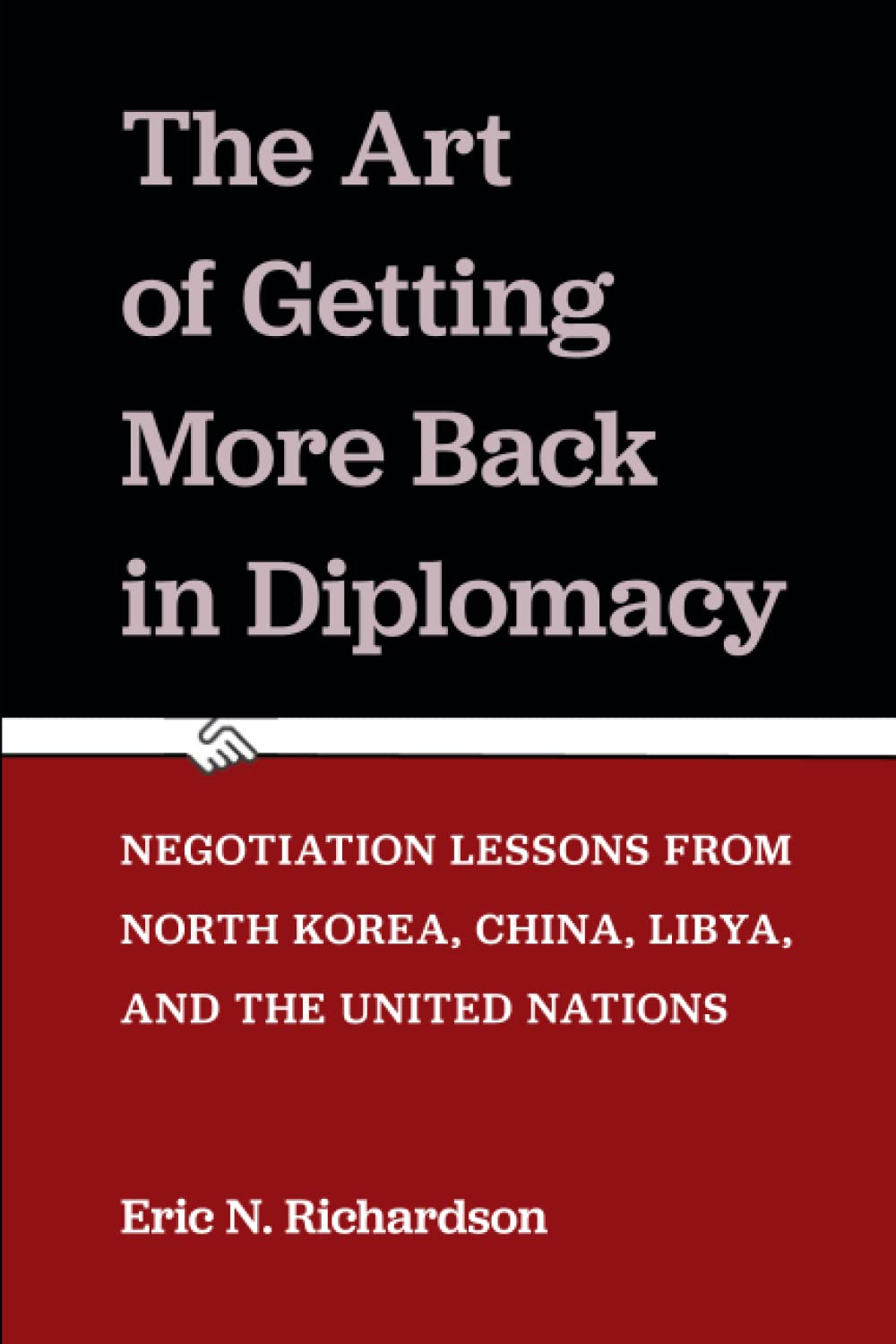The art of getting more back in diplomacy
negotiation lessons from North Korea, China, Libya, and the United Nations
- ISBN: 9780472055067
- Editorial: The University of Michigan Press
- Fecha de la edición: 2022
- Lugar de la edición: Ann Arbor (MI). Estados Unidos de Norteamérica
- Encuadernación: Rústica
- Medidas: 23 cm
- Nº Pág.: 208
- Idiomas: Inglés

In the field of negotiation theory, the Harvard Project's Getting to Yes and Donald Trump's The Art of the Deal occupy polar opposition locations on a spectrum considering distributive and integrative negotiation theories.
Getting More Back offers case studies from international negotiations in which the author participated that can help illustrate the tactics and theories of each type of negotiation and to make students in law, business, and other fields into better negotiators. Among the case studies are lessons drawn from negotiating denuclearization with North Korea, political reconciliation in Libya, human rights improvements in China, Israel-Palestinian peace processes, and UN negotiations over surveillance, privacy, atrocities prevention, LGBT rights, and other fundamental freedoms.
By illustrating these lessons, Getting More Back strengthens the tools that students and teachers of negotiations should have in their negotiating toolbox. Perhaps most importantly, Richardson provides concrete examples of how a negotiator is likely to Get More Back for their clients if they deploy these tactics, rather than having them used against the negotiator.
Chapter 1. Introduction: How to Get More Back in Multiparty Negotiations --
Part I: Deploying Negotiating Theory and Tactics in Select Case Studies --
Chapter 2. Negotiation Theory Overview: Setting the Stage --
Chapter 3. Oft Used Negotiation Tactics and Diplomatic Responses for Your Negotiation Toolkit --
Chapter 4. DPRK, Denuclearization Discussions, and BATNAs (Best Alternative to a Negotiated Agreement) --
Chapter 5. Libya and the Negotiation for a Unity Government: Local Power Outlasts the Ivory Tower --
Chapter 6. Creating the First International Monitor on LGBTI Rights: Asking Too Much or Too Little? --
Chapter 7. Surveillance, Free Expression, and the Right to Privacy in the Digital Age --
Chapter 8. Sudan: Giving Respect and Salvaging Compromise from the Worst Alternatives to a Negotiated Agreement --
Chapter 9. Waking the Sleeping Dragon: Overplaying the Hand on Human Rights Negotiations with China --
Part II: Multiparty International Negotiations and Structural Factors --
Chapter 10. Participants, Observers, and Guarantors: Is Anyone Truly Neutral? --
Chapter 11. Host or Matchmaker? Using Convening Power as a Vehicle for Mediation, Influencing Counterparts, and Controlling Outcomes --
Chapter 12. Combatting Genocide with a Little Help from My Friends: Empowering Partners --
Chapter 13. North Korea Back Again: A Victory for Trumpian Negotiation or a Defeat for Everyone? --
Chapter 14. Conclusion: You Can Get More Back ... Without Giving Up Your Core Interests --






